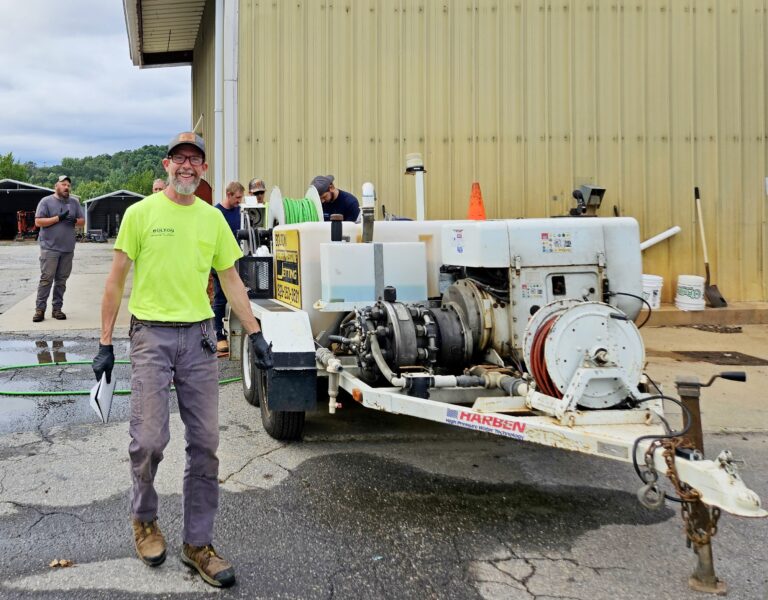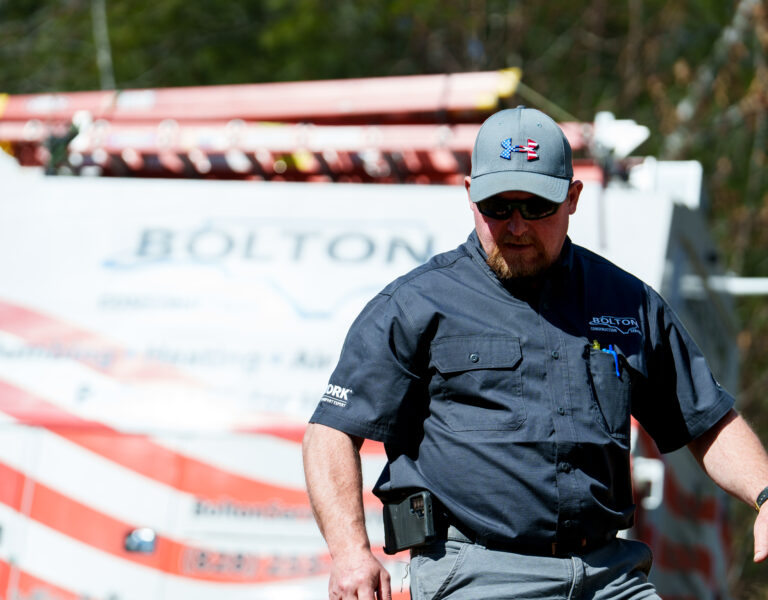(StatePoint) Weatherizing your home for each season can make it more comfortable – but how to do it can be confusing. Here are four common weatherizing myths – busted! – to help get your home ready for cooler weather to come.
Myth 1: It doesn’t matter where your thermostat is placed.
Truth: Location, location, location! You may be spending more on heating and cooling than you need to be if your thermostat is in the wrong place. Placed in direct sunlight, you run the risk of getting false readings, as it can “think” the room is warmer than it actually feels, causing your air conditioner to turn on when it isn’t needed. Similarly, a thermostat placed near the kitchen often reads that the home is far warmer than it truly is due to the stove and oven. The best location is on an interior wall, centrally located and near areas where you spend the most time, ensuring these rooms are the most comfortable.
Myth 2: Closed curtains and blinds in cold weather prevent heat escape.
Truth: According to the Department of Energy, shades and drapes can reduce heat loss from a warm room by up to 10 percent. However, opening curtains and blinds during the day when direct sunlight hits can also allow for a warming effect. In winter, draperies should be closed at dusk but opened at dawn.
Myth 3: It’s expensive to draft-proof your home.
Truth: Homeowners can actually save hundreds of dollars annually on heating and cooling costs with proper weatherization early in the season. How do you do it? There are many inexpensive, do-it-yourself weatherization products that are easy on the wallet and easy to install, requiring minimal — if any — tools.
Myth 4: It’s cheaper to keep your home at a constant temperature.
Truth: A common misconception is that it’s better to keep your home at a constant temperature, even when you’re not home. However, if the system runs less during the day, it uses less energy. According to energy.gov, you can save as much as 10 percent a year on heating and cooling by turning your thermostat back 7-10 degrees from its normal setting for eight hours a day.
Don’t let common myths scare you. Weatherizing can be an affordable, easy do-it-yourself project. Especially if you plan ahead.












